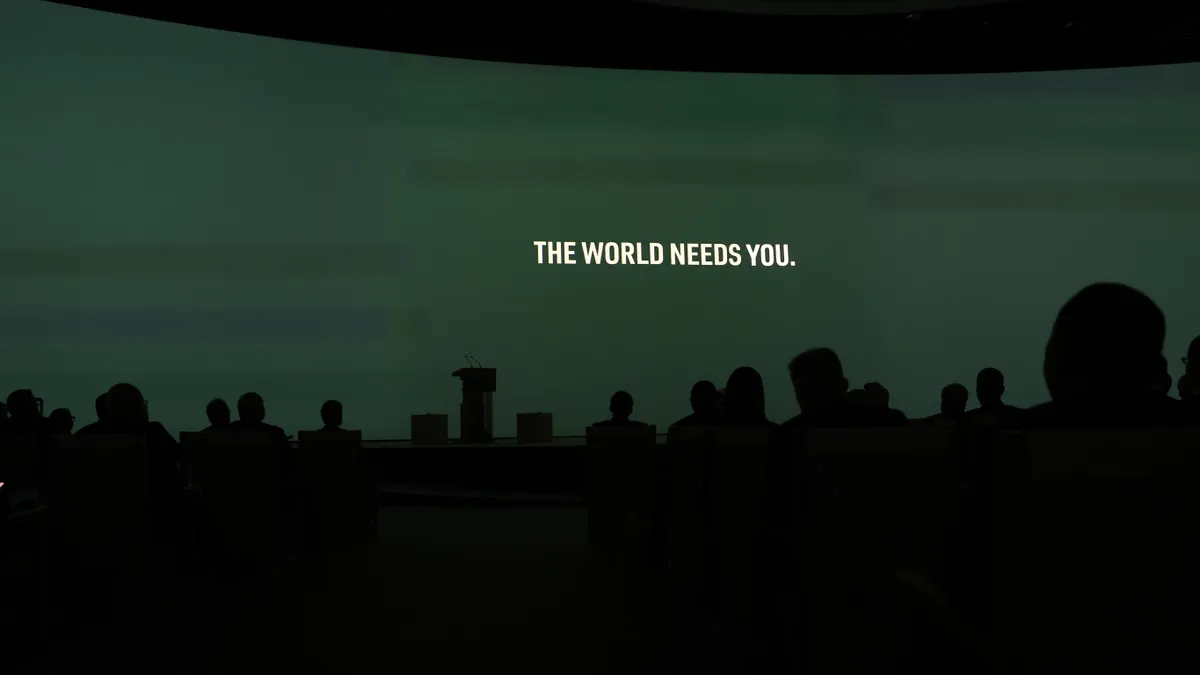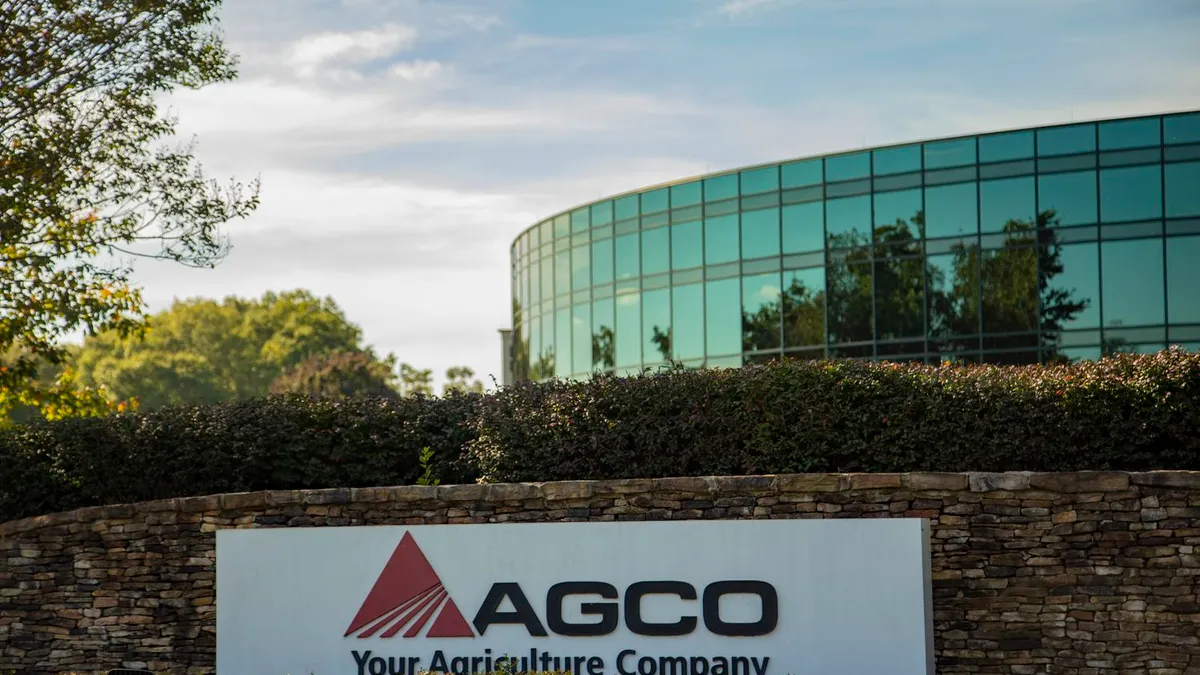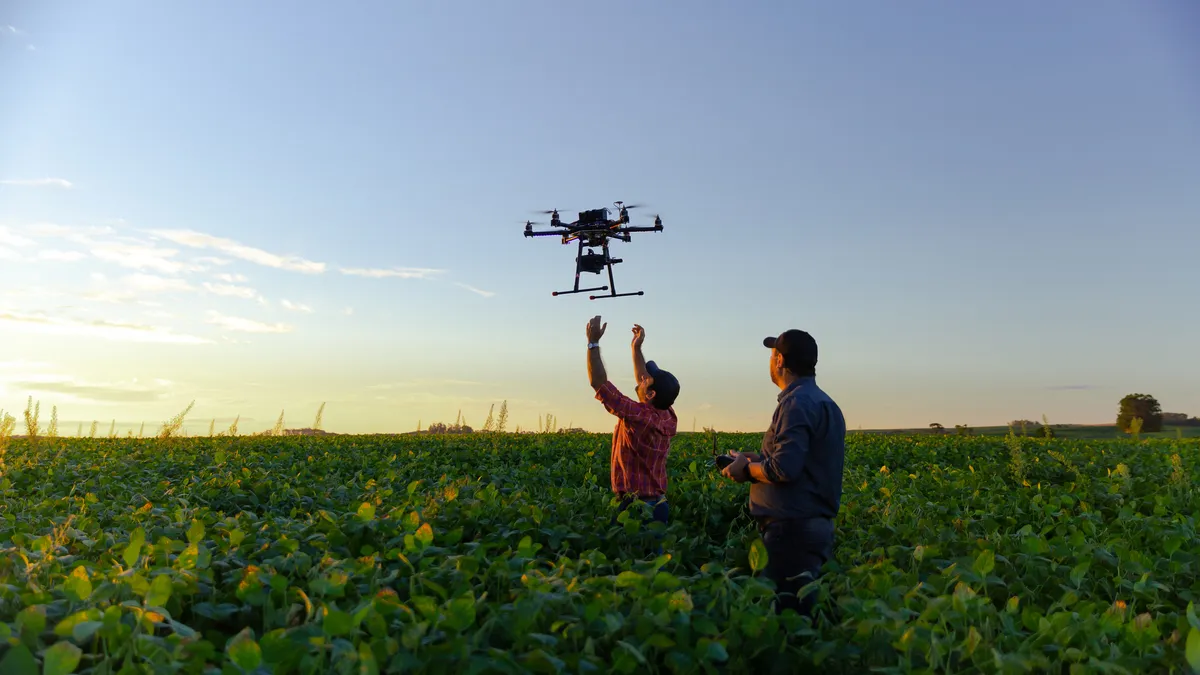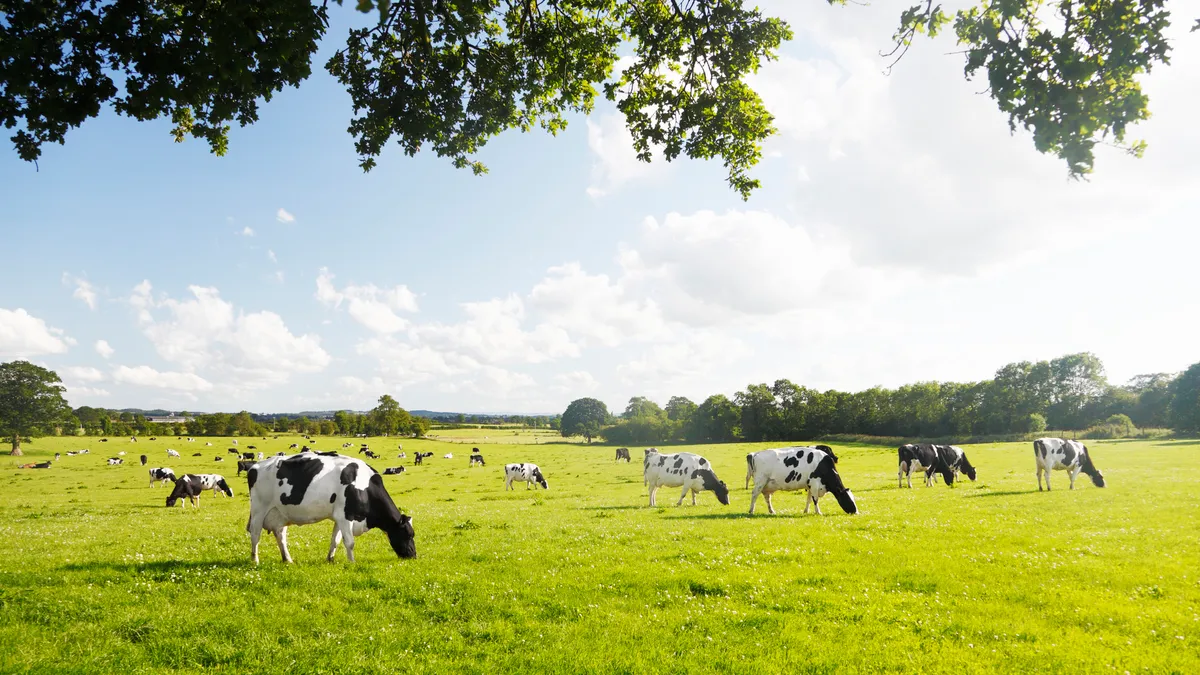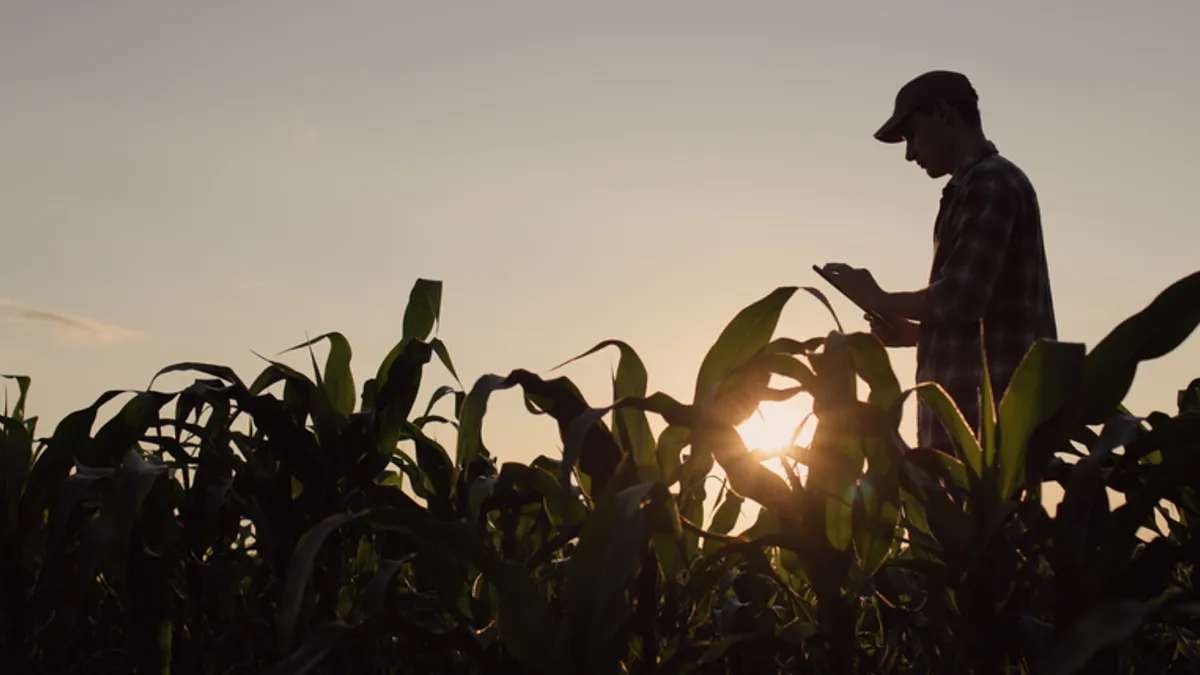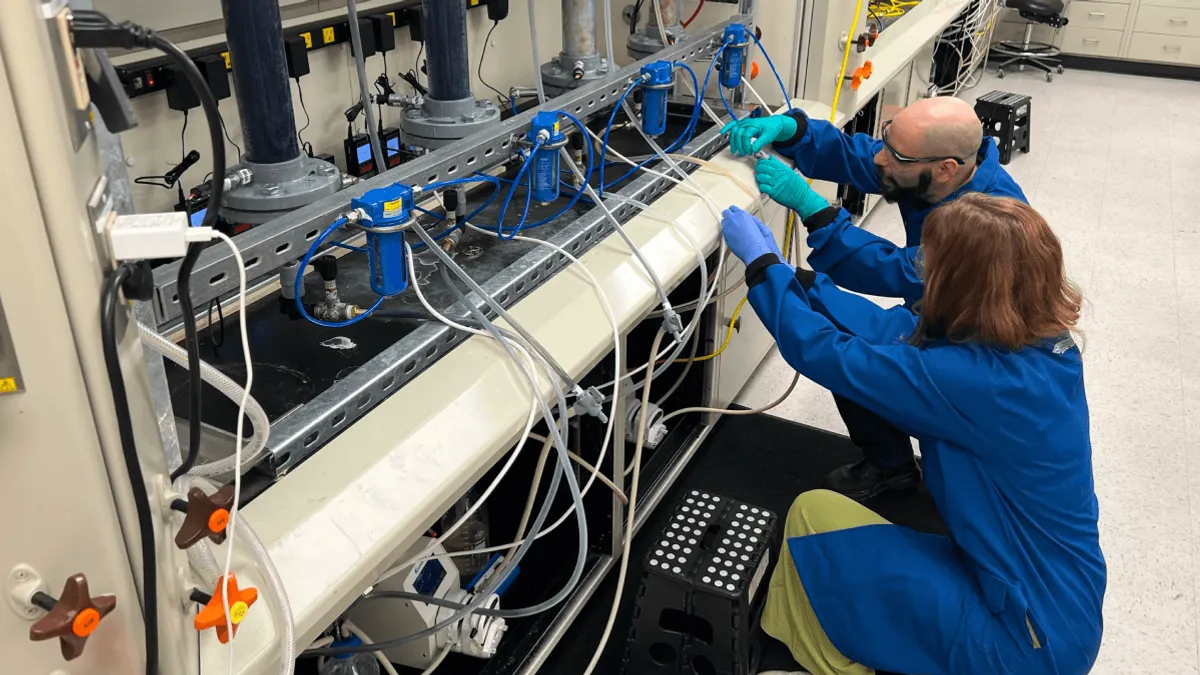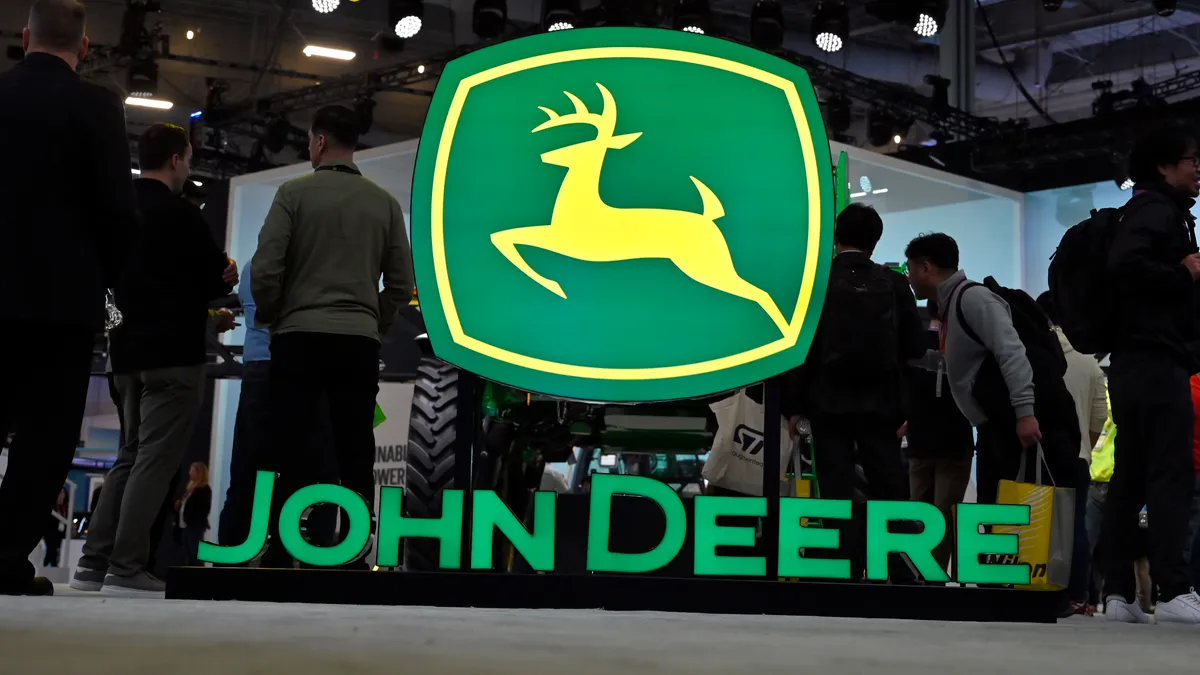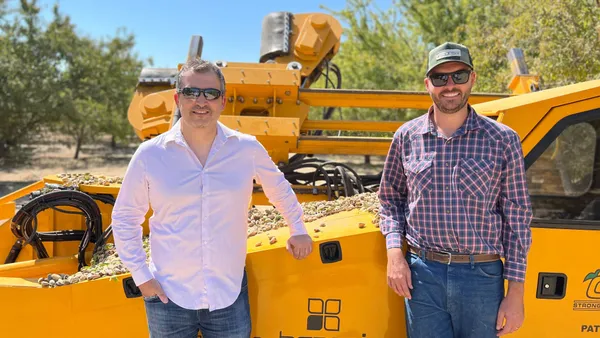Wendy Gonzalez is CEO of Sama, which helps companies develop artificial intelligence and machine learning models. Opinions are the authors own.
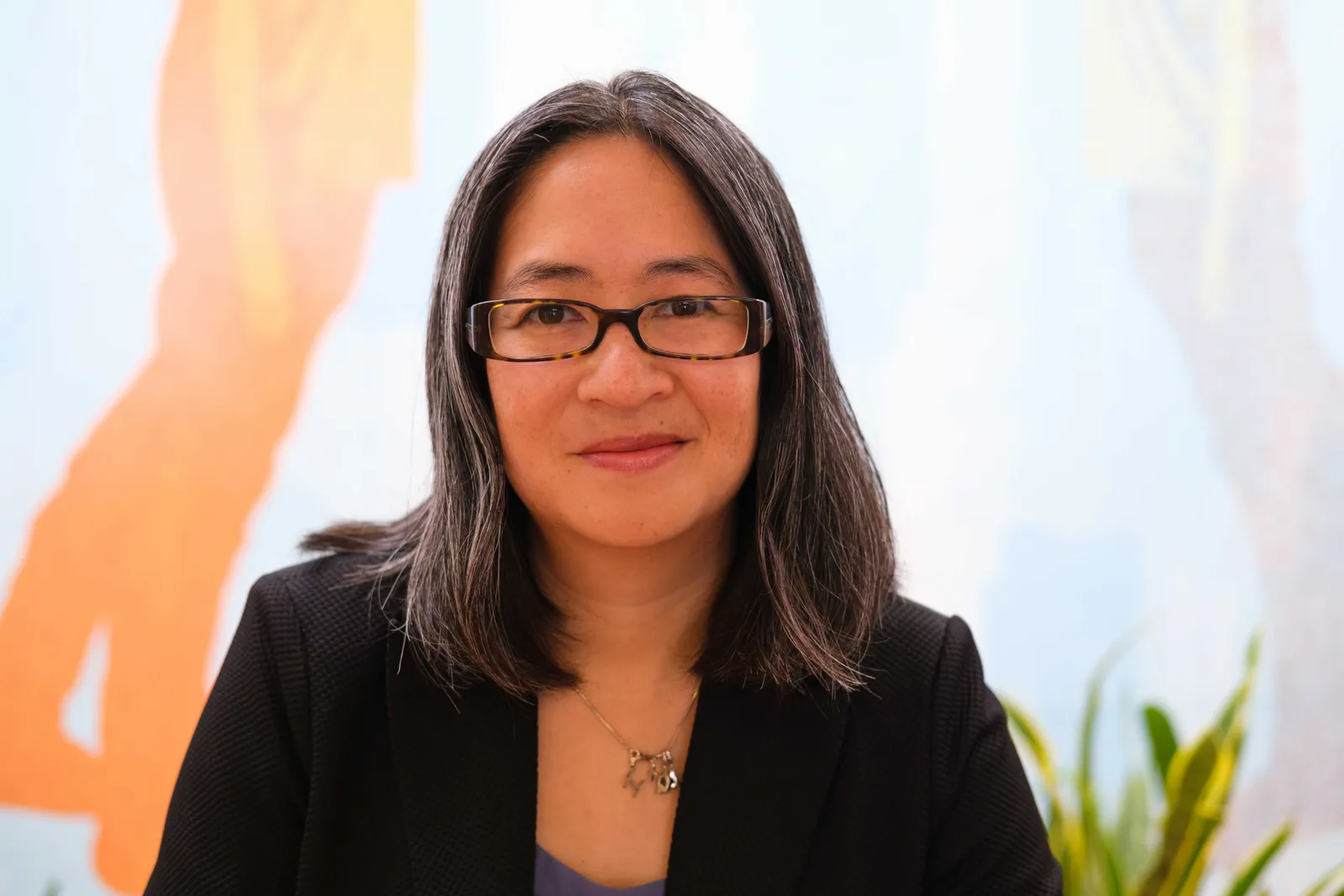
Around one-third of global greenhouse gas emissions result from food production, distribution and consumption — meaning that any attempt to meet the terms set out in the Paris Agreement has to address this vital part of our global ecosystem to have a chance of success.
Reducing greenhouse gas emissions and feeding a growing population are contradictory: more sustainable agricultural practices would, almost by necessity, reduce the amount of output in our food ecosystem, because that ecosystem has been optimized for maximum output at all costs.
Agricultural technology in its myriad forms has to help bridge the gap, and must be a key consideration in climate talks as nations gather for COP28 hosted in the Middle East and North Africa region, where food insecurity is quickly growing. We have to be ready to make agriculture smarter with the help of artificial intelligence and other technologies, and, perhaps more importantly, prepare to come together to support that across borders, governments and private companies.
AI’s broad set of use cases in agriculture makes a clear case for more investment and collaboration in this area. Take pesticides as an example. Many of them, including sulfuryl fluoride (which is nearly 5,000 times as potent as carbon dioxide), are powerful greenhouse gasses. In addition, 99% of synthetic chemicals, including pesticides, are derived from fossil fuels. This is before we get to biodiversity loss or other more visible effects of pesticide overuse.
Studies have already found that we can reduce pesticide use by 50% without significant changes to crop yields — meaning there is a real opportunity to use pesticides more wisely and less wantonly than current practices. A computer vision model trained to discern crops from weeds or identify different types of insects can enable more targeted application of pesticides, resulting in less greenhouse gasses and environmental damage. It also reduces costs for farmers improving their overall profitability.
Finding more efficient ways to raise livestock is also critical. Current farming practices, especially when raising cattle, are some of the single biggest contributing factors to climate change. Here, AI can help with precision feeding, which takes an individual animal’s needs into greater account. Research has found that the use of precision livestock feeding decreased protein intake by 25%, reduced nitrogen excretion into the environment by 40% and actually increased profitability by nearly 10%.
Granted, this technology can be expensive, and this is where government support could be most impactful. For example, the U.S. has already offered tax credits for purchasing cleaner vehicles. What if there were credits for investing in a precision feeding system or using an AI model to identify when to use pesticides? What if other subsidies were altered to encourage these practices or even regenerative agriculture?
Of course, smart technologies like AI aren’t the only solution, and they have some caveats, with environmental concerns of their own — like energy usage. We can’t zero out the gains made with AI in agriculture to pay for the added resources used in computing power to build effective models. Instead, we need to focus on processing only the data that has the biggest impact on model performance. For example, understanding data diversity and proactive identification of critical edge cases can help drive model maturity earlier on, reducing the need for excessive retraining and therefore energy use.
COP27 was a huge step forward in terms of centering the roles of agriculture and food security in the climate crisis, and the Food and Agriculture for Sustainable Transformation initiative even included plans to financially support agricultural transformation. But time is running out. In our work with startups and agricultural giants, we have seen the impact AI can have. What would happen if we all came together, globally, to help drive better understanding and ultimately policy changes around AI and agricultural technologies?
I think the answer is simple: We’d make huge gains in the fight against climate change. COP28, starting right after America’s most food-centric holiday in Thanksgiving, is the perfect time to look beyond governments, beyond NGOs, to all stakeholders, from farmers and major corporations to businesses like ours in data validation, and find a way for us to work together towards the same goal of a sustainably fed planet.


